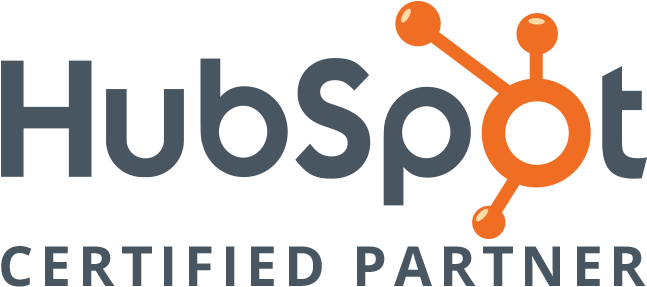
Don't only practice your art, but force your way into its secrets - Ludwig Van Beethoven
Lead Scoring Best Practices in HubSpot
In this article we will share some of the best practices for lead scoring for clients on HubSpot.
For the most part it is important to understand that HubSpot is a consumer-focused inbound Marketing automation platform. The lead scoring functionality is designed to score all contacts in the database based on scoring rules.
Lead scoring is one of the most important tools in your marketing automation toolkit and a good starting point is the basis for a solid model. Before implementing a new lead scoring model it is best to analyze demographic and behavioral data from customer data to design and implement a model that you can build upon and be of value in determining which leads your sales team should follow up on.
Here a few pointers to consider:
-
Workflows - Even though HubSpot allows you to create a lead scoring model using workflows for specific marketing campaigns or special needs, we prefer to keep it as an alternative approach and not as the main lead scoring model. Managing workflows can prove be a tough and time consuming task when you need to include additional enrollment triggers.
-
Smartlists - When you need to add a new rule to your lead scoring always provide a smartlist with all the contacts that will be affected. This will let you know how many contacts will be impacted retroactively and help you decide about scoring contacts going forward or not.
-
Simplify - Keep it as general and simple as possible or you will have a bunch of rules that will put you in a difficult situation if you need to make adjustments to improve performance. Instead of adding a new rule each time a new CTA is needed for a specific email or campaign, try to create a general rule for any CTA. If you have important campaigns that need a different scoring model it is possible to create custom properties for scoring and workflows to move contacts down the funnel.
-
Test - Always test at least one contact against your criteria before applying any adjustments. After you saved your changes, wait until the system calculates new scores for your contacts. Lead scoring in HubSpot takes some time, especially if many contacts need to be scored. If the HubSpot score of the contact you tested before has not been updated then most likely the system is still calculating the new score.
-
Rules - Create rules to differentiate between free email providers if you're focusing on B2B marketing and targeting accounts with business domains.
-
Dates - Consider including “Rolling dates” for each behavior based rule. For example, If the last click on a CTA happened more than 2 years ago, then it might not be a good idea to invest in that contact.
-
Attributes - Keep negative attributes as simple as possible and only for actions that indicate your contacts are less engaged with your business or fall into a category you don’t sell. For example, you can deduct points for contacts who have opted out of your email communications. Instead of adding negative rules it is better to create an exclusion list and add it to the enrollment triggers located in the workflows used for each lifecycle stage transition (MQLs, SQLs etc.)
As you can see when establishing a lead scoring model in HubSpot it is important to take into consideration best practices. It’s important to understand the functional limitations of the approach you decide to take or don't take so you can be positioned to adapt and scale in the future.
Ready to get your lead scoring program running in high gear? We can help!
Helpful links:
https://blog.hubspot.com/marketing/lead-scoring-instructions
